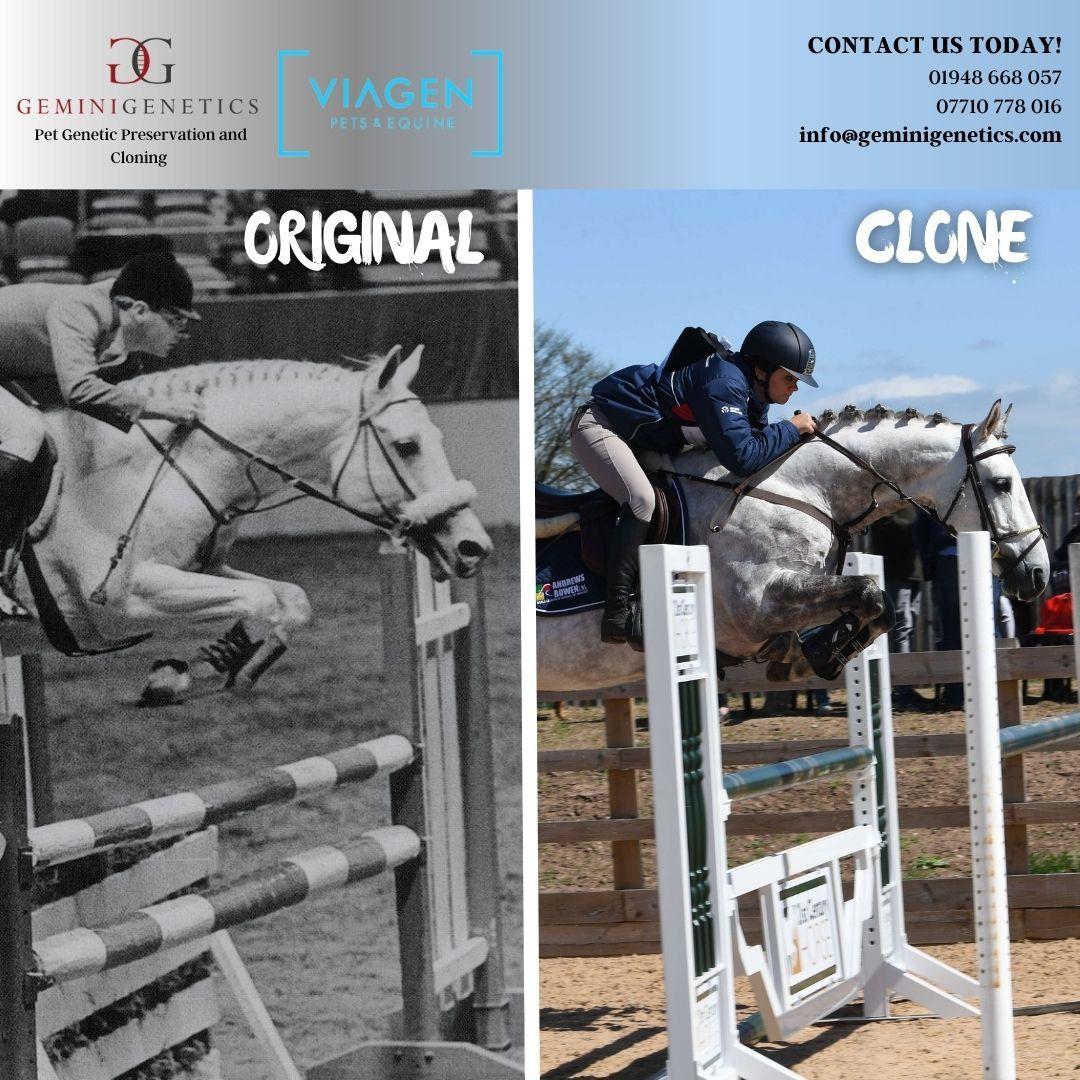
Cloning In Nature

The controversy surrounding cloning has been present since the creation of Dolly the Sheep, the first mammal created from an adult somatic cell. Her short lifespan paired with the unknown, very new technology left a bad taste in a lot of the populations mouth. Although her passing was proved not to be a result of the cloning process, many people began speculating potential cloning dangers and creating the false stereotypes we have today.
Since then, cloning has progressed exponentially, and many scientists have a lifetime worth of knowledge and experience in the field. They utilise cloning technologies to bring back genetics from lost companions, award winning sport horses as well as rare and endangered species to help conservation efforts. Even with the technologies being used successfully and with good intentions, there is still a prominent stigma surrounding the concept of cloning. Many don’t realise that cloning is all around them, yes you heard me correctly, an abundance of natural clone examples surrounds us in our day to day lives and we don’t even realise!
1- Identical Twins
Identical twins are a set of individuals that share the same genetic origins and have identical DNA. Although this may be common knowledge, many people don’t realise that this makes them natural clones!
Identical twins are monozygotic, they are formed from a singular fertilised egg cell that subsequently splits into two embryos, giving them the same genetic make-up. However, if you have a pair of identical twins in your life, you will know that although they may share the same DNA, they are undoubtedly not the same person. Factors like independent development and environment can lead to variations in appearance, behaviour, and health.
Although rare, approximately 3 in 1,000, Identical twins are a great example of natural clones in our lives.
2- Chillingham Cattle
Found in Chillingham Park, Northumberland, The Chillingham Wild Cattle are quite the remarkable breed. For the best part of 1000 years, the Chillingham herd have been mating in complete isolation, untouched by human interference resulting in extraordinarily high levels of genetic uniformity. It has now got to a point where the animals share identical genes, making them genetic clones of one another!
White as snow, with sinewy frames and menacingly curved, black-tipped horns, they retain a primeval character. Their small stature and medieval-like features make them unique to modern cattle breeds. There are approximately 130 individuals currently making them rarer than Siberian Tigers and the Giant Panda!
3- Plant Clipping
Although not exactly natural, plant clippings a great example of cloning. A piece of a plant, usually stem is used to grow another plant of the same type, creating a clone!
Plant clipping is a common process used by gardeners worldwide. When done correctly, new roots develop, and a new plant grows within weeks! So, plant clipping is indeed a form of cloning.
4- Parthenogenesis in Animals
Parthenogenesis is a form of natural cloning. Parthenogenesis allows some animals to produce offspring without mating, making the offspring clones! This process involves the development of a new individual from an unfertilized egg. Instead of the usual combination of egg and sperm, the mother’s egg provides all the genetic material 100% identical to hers. This may occur when mates are scarce to ensure her genetics are passed on. Examples of animals that are known to do this include the Komodo Dragon, Blacktip Shark and Indo-Pacific Gecko!
5- Brittle Star Survival
Brittle Stars are able to clone themselves through clonal fragmentation. Also known as ophiuroids and closely related to starfish, Brittle Stars are known to regenerate, they break off their arms, which then regrow. Evidence suggests they also clone themselves through clonal fragmentation, a process where brittle stars split in half and regrow the missing body parts as two separate individuals. This ability contributes to their survival and success!
For more information about cloning, visit our website www.geminigenetics.com



